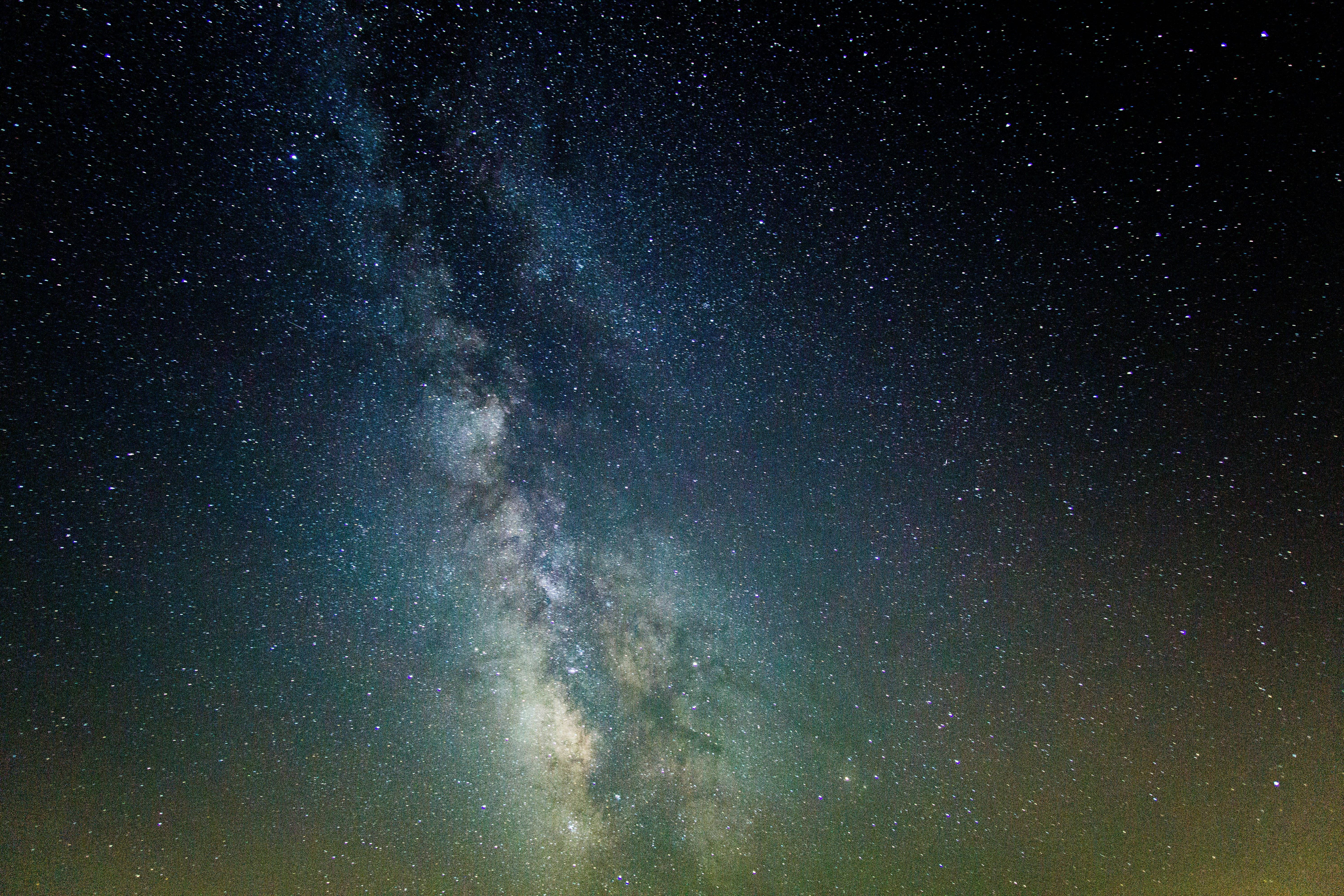Media release
From:
Astronomy: Firefly Sparkle sheds light on early galaxy formation (N&V) *IMAGE*
Detailed observations of a low-mass galaxy known as Firefly Sparkle that formed when the Universe was around 600 million years old provides insights into early galaxy formation, a paper in Nature reports. The findings, based on observations from the JWST, may aid our understanding of the evolution of the Milky Way.
The most distant galaxies detected are from when the Universe was around 5% of its current age. However, these galaxies are around 10,000 times less massive than the Milky Way and their low mass makes them difficult to observe.
The Firefly Sparkle galaxy was first observed with the Hubble Space Telescope, but new detailed observations from the JWST, presented by Lamiya Mowla, Kartheik Iyer and colleagues shed further light on the galaxy’s formation. Using spectrometry and gravitational lensing (a phenomenon where a foreground massive object bends light from a distant source), the galaxy is estimated to be located at a redshift of 8.3, placing Firefly Sparkle in the first 600 million years of the Universe. The authors also observed two neighbouring galaxies, which they name Firefly-Best Friend and Firefly-New Best Friend, located at 6,000 and 40,000 lightyears from Firefly Sparkle, respectively, less than the size of the present day Milky Way. Firefly Sparkle may be a young, gas-rich galaxy in its early formation stage, the authors propose. They indicate the mass of Firefly Sparkle is concentrated in 10 clusters of stars, with a total mass of approximately 10 million times the mass of the Sun. This makes Firefly Sparkle one of the lowest-mass galaxies resolved into star clusters observed at cosmic dawn, an epoch when galaxies were starting to form, with a mass similar to that of a progenitor Milky Way.
Brian Welch writes in an accompanying News & Views article “although the fate of the Firefly and its friends cannot be determined from the data, studying these possible Milky Way progenitors can provide clues as to how the Milky Way formed.”



 International
International


